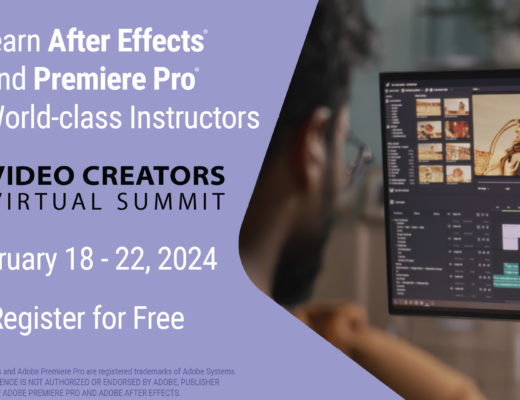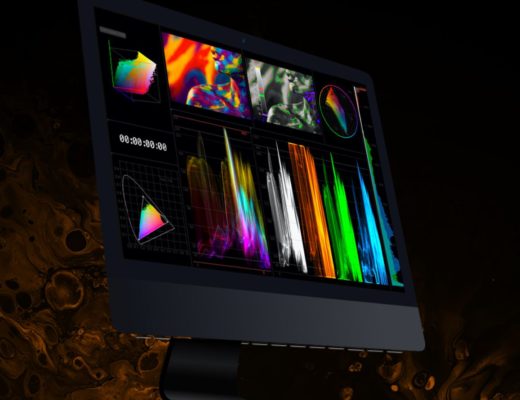Check it out. When I’ve had the opportunity to work with less experienced After Effects artists, and even some experienced ones who should know better, I see people make fundamental mistakes with the built-in Tracker. Not only are these easily avoided once you know what to do (and what not to do) they will instantly and dramatically improve results if you address them.
So why are we talking about the Tracker in 2016, when all of the other tracking tools in After Effects are, on the whole more powerful and more fully automated? Believe it or not, it’s still the most accessible and versatile solution, especially when it’s all you actually need. The unique thing that it does is to generate actual X and Y pixel data, without ever leaving the Viewer, and that data can be applied to any keyframe channel, anywhere in the project.
In this lesson, we focus on the two things you would never know unless someone told you. First is how to set the track and feature region so it will have the best chance to succeed. Second, there is a specific way to apply that data that is almost always the right choice: you create a null object, assign the motion to that, and use that null as the basis for whatever will inherit that motion.
If you get these wrong, you’re not going to have a good time with the Tracker. If you can put aside the fact that this tool involves more manual interaction than the automated Camera Tracker, you can take advantage of the fact that this tool also doesn’t force you into working in a 3D environment, if that’s not even what you want or need.
5min 4sec lesson can be viewed free in its entirety from the course After Effects Compositing 06: Tracking and Stabilization (full two hour course requires a lynda.com subscription—click here for a free 10-day trial that allows you to view the full course and series).

Filmtools
Filmmakers go-to destination for pre-production, production & post production equipment!
Shop Now












